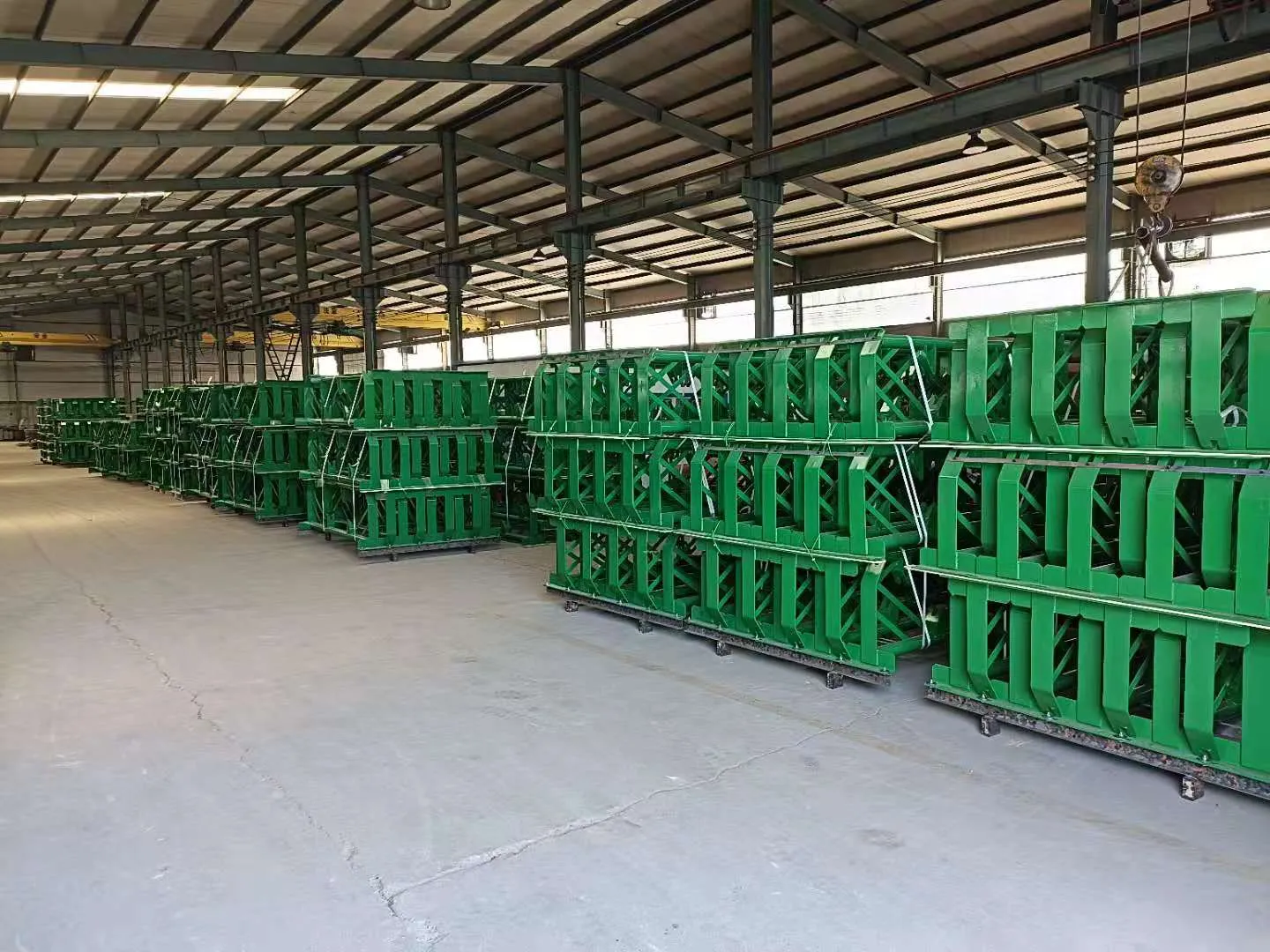 Afrikaans
Afrikaans  Albanian
Albanian  Amharic
Amharic  Arabic
Arabic  Armenian
Armenian  Azerbaijani
Azerbaijani  Basque
Basque  Belarusian
Belarusian  Bengali
Bengali  Bosnian
Bosnian  Bulgarian
Bulgarian  Catalan
Catalan  Cebuano
Cebuano  Corsican
Corsican  Croatian
Croatian  Czech
Czech  Danish
Danish  Dutch
Dutch  English
English  Esperanto
Esperanto  Estonian
Estonian  Finnish
Finnish  French
French  Frisian
Frisian  Galician
Galician  Georgian
Georgian  German
German  Greek
Greek  Gujarati
Gujarati  Haitian Creole
Haitian Creole  hausa
hausa  hawaiian
hawaiian  Hebrew
Hebrew  Hindi
Hindi  Miao
Miao  Hungarian
Hungarian  Icelandic
Icelandic  igbo
igbo  Indonesian
Indonesian  irish
irish  Italian
Italian  Japanese
Japanese  Javanese
Javanese  Kannada
Kannada  kazakh
kazakh  Khmer
Khmer  Rwandese
Rwandese  Korean
Korean  Kurdish
Kurdish  Kyrgyz
Kyrgyz  Lao
Lao  Latin
Latin  Latvian
Latvian  Lithuanian
Lithuanian  Luxembourgish
Luxembourgish  Macedonian
Macedonian  Malgashi
Malgashi  Malay
Malay  Malayalam
Malayalam  Maltese
Maltese  Maori
Maori  Marathi
Marathi  Mongolian
Mongolian  Myanmar
Myanmar  Nepali
Nepali  Norwegian
Norwegian  Norwegian
Norwegian  Occitan
Occitan  Pashto
Pashto  Persian
Persian  Polish
Polish  Portuguese
Portuguese  Punjabi
Punjabi  Romanian
Romanian  Russian
Russian  Samoan
Samoan  Scottish Gaelic
Scottish Gaelic  Serbian
Serbian  Sesotho
Sesotho  Shona
Shona  Sindhi
Sindhi  Sinhala
Sinhala  Slovak
Slovak  Slovenian
Slovenian  Somali
Somali  Spanish
Spanish  Sundanese
Sundanese  Swahili
Swahili  Swedish
Swedish  Tagalog
Tagalog  Tajik
Tajik  Tamil
Tamil  Tatar
Tatar  Telugu
Telugu  Thai
Thai  Turkish
Turkish  Turkmen
Turkmen  Ukrainian
Ukrainian  Urdu
Urdu  Uighur
Uighur  Uzbek
Uzbek  Vietnamese
Vietnamese  Welsh
Welsh  Bantu
Bantu  Yiddish
Yiddish  Yoruba
Yoruba  Zulu
Zulu Innovative Self-Adjusting Return Idler for Enhanced Conveyor System Performance
Self-Aligning Return Idler An Innovative Solution for Conveyor Systems
In the realm of material handling and logistics, conveyor systems are essential in optimizing the movement of goods. Among the myriad components that contribute to the efficiency of these systems, the return idler plays a critical role. Specifically, the self-aligning return idler has emerged as a game-changer in enhancing the performance and lifespan of conveyor belts. This article explores the design, functionality, and benefits of self-aligning return idlers, highlighting their significance in modern industrial applications.
Understanding Return Idlers
Return idlers are components positioned along the return path of a conveyor belt, serving to support and stabilize the belt as it returns to the head end after delivering materials. These idlers prevent sagging and minimize belt misalignment, which can lead to increased wear, damage to the belt, and operational inefficiencies. Traditionally, return idlers have been fixed in position, which, while functional, can present challenges related to adjustability and alignment.
The Innovation of Self-Aligning Return Idlers
Self-aligning return idlers, as their name suggests, include a unique design feature that allows them to automatically adjust to the belt's alignment without the need for manual intervention. This design typically incorporates a pivoting mechanism that enables the idler roller to rotate as the belt moves. As the belt experiences lateral forces or misalignment, the self-aligning return idler shifts relatively, aligning itself to the belt's path. This proactive adjustment minimizes friction and wear, promoting the longevity of the conveyor system.
The self-aligning mechanism typically utilizes a combination of a conical roller or an adjustable frame, ensuring that the idler can adapt to varying belt widths and tensions. This flexibility is crucial for industries where conveyor systems face changes in loads and operational environments.
Benefits of Self-Aligning Return Idlers
1. Enhanced Conveyor Efficiency By maintaining proper belt alignment, self-aligning return idlers reduce the likelihood of friction losses and wear that can cause downtime. This leads to smoother operation and improved throughput.
self aligning return idler

2. Reduced Maintenance Costs Regular maintenance and adjustments are costly and time-consuming. Self-aligning return idlers significantly mitigate this need, as their automatic alignment features help prevent misalignment-related issues, leading to decreased maintenance interventions.
3. Prolonged Belt Life Conveyor belts are considerable investments, and their longevity is crucial for cost-effective operations. By preventing skew and improper wear, self-aligning return idlers contribute to extending the lifespan of the belt, providing better return on investment over time.
4. Versatile Application The versatility of self-aligning return idlers makes them suitable for various industries, including mining, aggregates, agriculture, and manufacturing. They can handle differing belt speeds, loads, and materials, adapting to the specific needs of each application.
5. Safety Improvement Conveyor systems that are misaligned can pose safety hazards, leading to spillage and potential accidents. By ensuring that the conveyor belt runs straight, self-aligning idlers enhance workplace safety, reducing the risk of accidents related to material handling.
Installation and Considerations
When integrating self-aligning return idlers into a conveyor system, several factors should be considered. Proper sizing and spacing of idlers influence the system's overall effectiveness. It's also essential to select idlers compatible with the conveyor's operation, as various material types and environmental conditions can impact performance.
Conclusion
Self-aligning return idlers represent a significant advancement in conveyor technology, addressing the common challenges associated with belt misalignment. By enhancing efficiency, reducing maintenance costs, prolonging belt life, and increasing safety, these innovative components contribute to more streamlined operations across various industries. As companies continue to seek ways to improve material handling processes, self-aligning return idlers will undoubtedly play a pivotal role in the evolution of conveyor systems, promoting operational excellence in dynamic environments.
-
Wing Pulley Conveyor for Conveyor Belt MaintenanceNewsJun.16,2025
-
Self Cleaning Spiral Idler for Conveyor DesignNewsJun.16,2025
-
Pulley Lagging for Conveyor Belt AlignmentNewsJun.16,2025
-
Impact Idlers Used in Belt Conveyor for PerformanceNewsJun.16,2025
-
Ceramic Lagging Conveyor Pulley for Conveyor Belt SystemsNewsJun.16,2025
-
Belt Conveyor Idler for Heavy-Duty ApplicationsNewsJun.16,2025





























